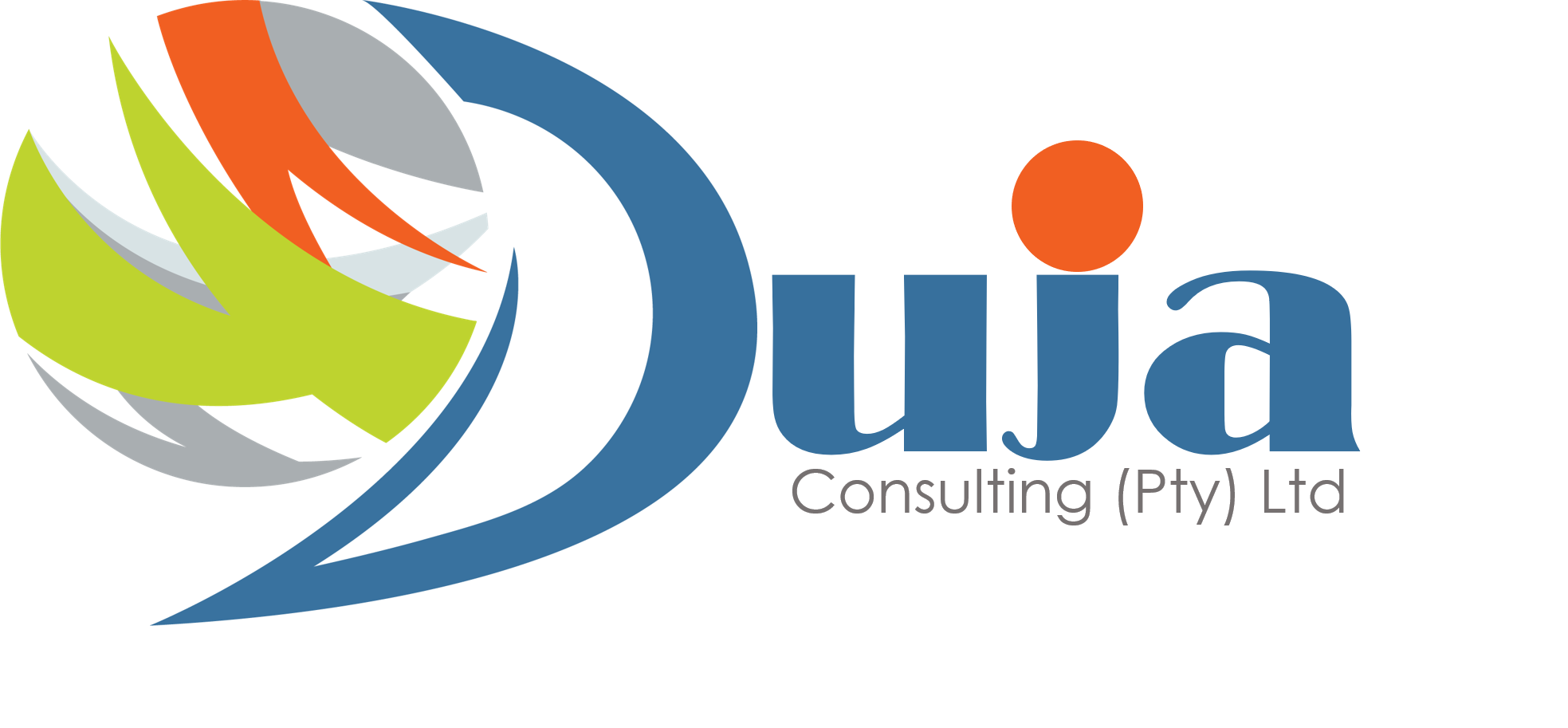Investing in leadership development is a strategic decision that organizations make to nurture their talent pool and drive business growth. However, for these investments to be justifiable and sustainable, organizations must measure the return on investment (ROI) of their leadership training programs. This article explores the significance of measuring ROI in leadership training programs, the challenges associated with it, and effective strategies for conducting ROI evaluations.
Leadership training programs aim to enhance leadership skills, improve decision-making, and foster a culture of innovation and collaboration within an organization. While these goals are admirable, they can be challenging to quantify in financial terms. This is where measuring ROI becomes crucial. Here are some key reasons why ROI measurement is essential for leadership training programs:
- Justification of Investment: Leadership training programs often require significant financial resources. Measuring ROI helps organizations determine whether these investments are yielding tangible benefits. It helps answer the question: Is the money spent on leadership training delivering a positive impact on the organization’s performance?
- Continuous Improvement: ROI measurement provides valuable feedback on the effectiveness of leadership training initiatives. By analyzing the ROI, organizations can identify areas that need improvement and refine their training programs accordingly. This iterative process ensures that the training remains relevant and impactful.
- Resource Allocation: Knowing the ROI of leadership training allows organizations to allocate their resources more effectively. They can focus on programs and initiatives that have proven to deliver a higher return, thus optimizing their training budget.
- Competitive Advantage: Organizations that invest in leadership development and can demonstrate a positive ROI are more attractive to top talent. This not only helps in retaining current leaders but also in attracting future leaders who seek personal growth and development opportunities.
However, measuring the ROI of leadership training programs is not without its challenges. Here are some common hurdles organizations face:
- Defining Measurable Objectives: The first step in measuring ROI is to establish clear, measurable objectives for the training program. These objectives should align with the organization’s overall goals. Often, organizations struggle to define specific, quantifiable outcomes for leadership training.
- Data Collection: Gathering data to measure ROI can be complex. It involves tracking changes in leadership behavior, employee performance, and other relevant metrics over time. Organizations may not have the necessary tools and processes in place to collect this data effectively.
- Attribution: Determining the extent to which improvements in leadership skills are directly attributable to the training program can be challenging. Many factors can influence leadership performance, and isolating the impact of training can be difficult.
- Costs: Calculating the costs associated with a training program can be straightforward, but determining the benefits is more intricate. Some benefits may not be immediately apparent or may emerge gradually over time, making it challenging to assign a specific value to them.
To overcome these challenges and effectively measure the ROI of leadership training programs, organizations can follow these strategies:
- Set Clear Objectives: Define specific, measurable objectives for the training program. For example, you might aim to increase employee engagement by a certain percentage or reduce turnover among leadership positions. Having clear objectives makes it easier to track progress and measure ROI.
- Use Key Performance Indicators (KPIs): Identify relevant KPIs that can help gauge the impact of leadership training. These may include employee satisfaction scores, productivity metrics, or revenue growth. Regularly collect and analyze data on these KPIs before and after the training program.
- Control Groups: To isolate the effects of leadership training, consider using control groups. Compare the performance of leaders who have undergone training with those who have not. This can help attribute changes in performance more accurately to the training program.
- Calculate Costs and Benefits: Calculate both the costs and benefits associated with the training program. Costs include expenses related to design, delivery, and materials, while benefits encompass the value of improved leadership skills, such as increased revenue or reduced turnover. Use conservative estimates when assigning values to benefits.
- Conduct Follow-Up Evaluations: ROI measurement should not be a one-time effort. Conduct follow-up evaluations at regular intervals to assess the sustained impact of leadership training. This ensures that improvements are not short-lived.
- Qualitative Feedback: Don’t rely solely on quantitative data. Collect qualitative feedback from participants and their supervisors to gain insights into the program’s effectiveness and areas for improvement.
- Benchmarking: Compare your organization’s ROI with industry benchmarks or best practices. This can provide context and help you gauge the relative success of your leadership training program.
Measuring the ROI of leadership training programs is essential for organizations to justify their investments, drive continuous improvement, and compete for top talent. While challenges exist in quantifying the impact of leadership training, a thoughtful approach that includes clear objectives, relevant KPIs, control groups, and regular evaluations can help organizations overcome these obstacles. By demonstrating the tangible benefits of leadership development, organizations can ensure that their investment in leadership training is not only valuable but also a strategic imperative for long-term success.
